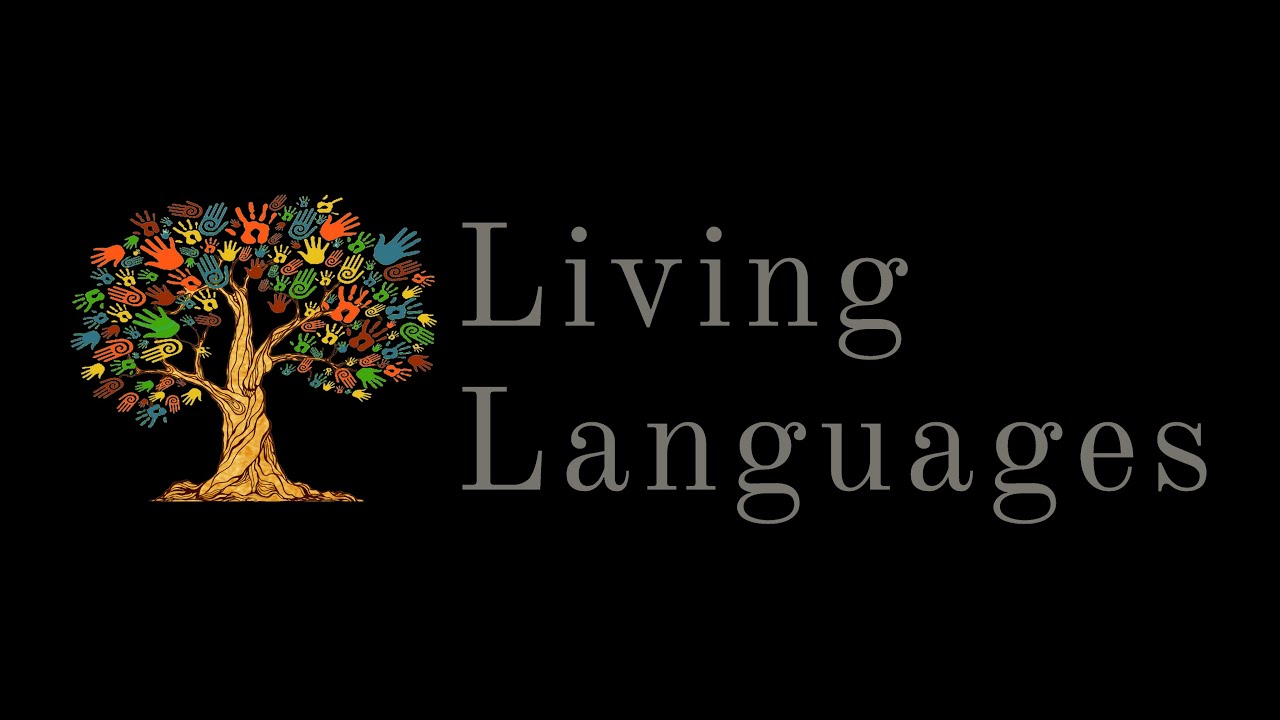Check this out! A new multilingual journal about language revitalization and sustainability:
Living Languages • Lenguas Vivas • Línguas Vivas
Two innovative features of this journal stand out:
- Diverse types of contribution The journal accepts contributions which are Chronicles, Research Papers, Project Descriptions, and Pedagogical Materials. See the inaugural introductory article (whose co-authors include local hero @JROSESLA!) for descriptions of these contribution types.
- Multilingual contributions The first issue includes contributions in Kaingang, Chikashshanompa’, English, Portuguese, and Spanish.
It think the various kinds of contributions will be of immediate interest to many members of the present forum, we have had discussions here about similar questions of where to send things like project descriptions and pedagogical materials.
Here is the description of the journal’s ambit in the three linguas francas, take your pick:
English
Living Languages is an international, multilingual journal dedicated to topics in language revitalization and sustainability. The goal of the journal is to promote scholarly work and experience-sharing in the field. The primary focus is on bringing together language revitalization practitioners from a diversity of backgrounds, whether academic or not, within a peer-reviewed publication venue that is not limited to academic contributions and is inclusive of a diversity of perspectives and forms of expression. This is an open access journal which means that all content is freely available without charge to the user or his/her institution.
Español
Lenguas Vivas es una revista internacional y multilingüe dedicada a temas de revitalización y sostenibilidad lingüística. El objetivo de la revista es promover el trabajo académico y el intercambio de experiencias en este campo, reuniendo a personas de diferentes orígenes que trabajan en la revitalización lingüística y que quieren difundir su trabajo en una publicación que no se limite a las contribuciones académicas y que incluya una diversidad de perspectivas y formas de expresión. Es una revista de acceso abierto, lo que significa que todo el contenido está disponible de forma gratuita para el usuario o su institución.
Português
Línguas Vivas é uma revista internacional e multilingue dedicada a temas de revitalização e sustentabilidade linguística. O objetivo da revista é promover o trabalho acadêmico e o compartilhamento de experiências na área, reunindo pessoas de diferentes origens que trabalhem com a revitalização linguística e que queiram divulgar os seus trabalhos em uma publicação que não se limite a contribuições acadêmicas e que inclua uma diversidade de perspectivas e formas de expressão. É uma revista de acesso aberto, o que significa que todo o conteúdo está disponível gratuitamente para o usuário ou sua instituição.
What’s more, it’s open access. ![]() Great news for our field!
Great news for our field!
Congrats to the editorial team, I hope it’s a great success. Id love to hear what other folks here notice after taking a look at the content!

